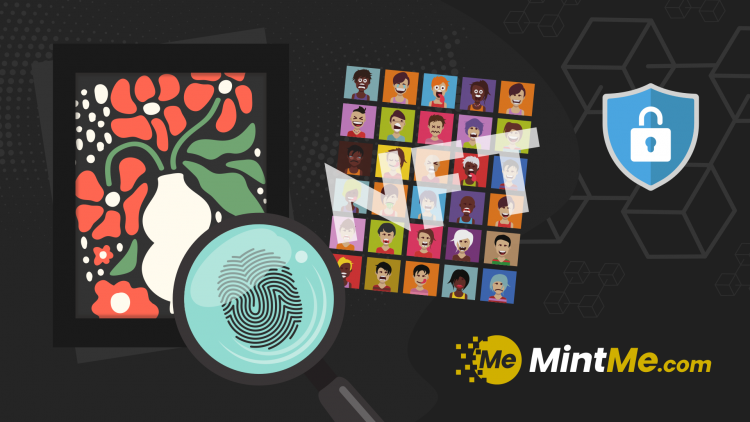Mintme News

The art world has long been known for its exclusivity and opaqueness, with works by famous artists fetching millions of dollars at auctions and art fairs. However, the traditional methods of buying and selling art can be slow, prone to fraud, and lacking in transparency. This is where AI and crypto are stepping in to shake things up.
AI Algorithms for Art Authentication
One way that AI is changing the art market is through the use of algorithms for art authentication. Authenticating works of art can be a time-consuming and labor-intensive process, as it often requires expert analysis and documentation. However, AI algorithms can be trained to recognize patterns and styles in art, making it easier to determine whether a work is genuine or not.
For example, the use of machine learning to analyze characteristics such as brushstrokes, composition, and color palette could determine the authenticity of a work. This kind of technology has the potential to revolutionize the way we authenticate art, making it faster and more reliable.
Blockchain Technology for Secure and Transparent Art Transactions
Another way that AI and crypto are transforming the art market is through the use of blockchain technology. Blockchain is a decentralized and secure digital ledger that allows for the creation of digital "smart contracts" that can facilitate the buying and selling of art in a faster, more transparent, and secure manner.
One company that is using blockchain to change the way we trade art is Maecenas, which has developed a platform that allows users to buy and sell fractional ownership of works of art using cryptocurrency. This allows collectors to own a piece of a work, rather than the entire piece, making it more accessible and affordable for a wider range of buyers.
Blockchain can also be used to track the ownership and provenance of works, helping to ensure that they are being bought and sold legitimately. This is especially important in the art market, where fraud and counterfeiting are unfortunately common. By using blockchain, we can create a more transparent and secure market for art transactions.
The Emergence of Non-Fungible Tokens (NFTs)
One of the most exciting developments in the intersection of AI and crypto in the art market is the emergence of non-fungible tokens (NFTs). NFTs are unique digital assets that are stored on the blockchain and represent ownership of a specific work. They allow artists to sell digital art in the same way that physical art is sold, and have already been used to sell works for millions of dollars.
For example, the artist Beeple sold an NFT for a digital artwork called "Everydays: The First 5000 Days" for a record-breaking $69.3 million at Christie's auction house. This sale shows that NFTs have the potential to be a game-changer for the art market, allowing artists to sell digital works for high prices and giving collectors a new way to own and trade art.
Conclusion
In conclusion, AI and crypto are changing the way we value and trade art in a number of significant ways. From authentication algorithms to blockchain technology and the emergence of NFTs, these technologies are helping to make the art market more efficient, transparent, and secure. As they continue to evolve and gain mainstream adoption, it will be interesting to see how they shape the future of the art world.
Isaac Vitales